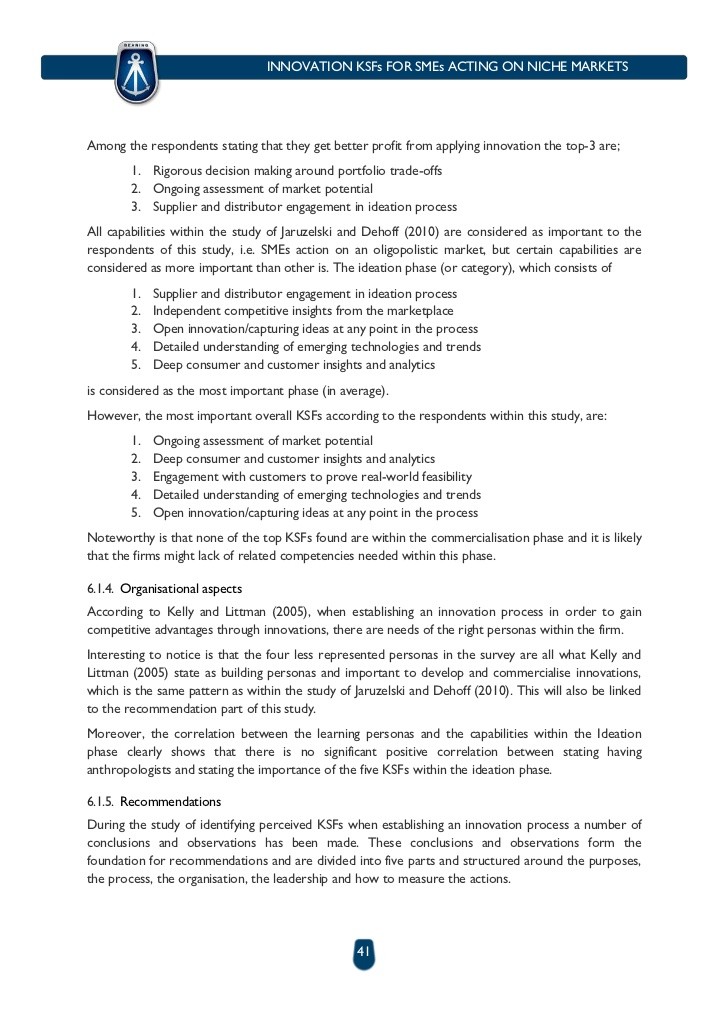Key Factors To Building A Profitable Portfolio
Post on: 29 Март, 2015 No Comment

The uninterrupted supply of market information through various instantaneous and delayed sources available these days – so as to help make decisions – is also what causes a lot of unwanted noise in market tickers and the investment environment in general. As a result, some investors get carried away and end up making wrong/unfavorable decisions. Make no mistake, information is still very important to form actionable investing theses, but sometimes the wayward market behavior can spook investors. It is thus imperative for an investor to find a preferable fix that reduces volatility, ensures value growth as well as protect against prolonged market downturns. Of course, the key here is to build a solid portfolio.
For starters, you would want to keep it as simple as possible. In fact, this is the key to reducing unnecessary market risks. As you gain experience, your ability to handle complex situation will improve, but until such time there is no need to take up something that you are not comfortable with.
Creating a profitable portfolio doesn’t have to be complicated or time-consuming. However to build a portfolio that delivers good returns over the long term, you’ll have to first determine an asset allocation asset allocation that best suits your personal investment goals, expectations and experience. These may also include considerations such as funds available, time, risk tolerance and so on. Identifying what you want to achieve and how quickly you want to achieve would help you select appropriate investment vehicles. For instance, based on your financial goals, you make choose to investing equities, which is relatively safer than currencies or even some commodities, but riskier than bonds.
Plan what you want to buy, when you’ll sell and what you’ll be your next step. At this stage, you decide how much money to put into each of the four main investment categories, viz. stocks, bonds, currencies and commodities. The plan also needs to specify a budget so that you don’t exceed your limits. This would allow you to make choices critically and not emotionally.
Next, you allocate funds to various derived assets types and sub-categories. For instance, your portfolio could include companies of different sizes, market sectors and economies. Likewise, in bond markets, you could have government, corporate and municipal; short-term to long term; and various grades and yields of bonds. Your exact allocation will depend on the assessment of your unique needs, outlined in your goals.
Even as the overall market grows in the long-term, growth is cyclic and not every sector sees growth each year. An old adage goes, “someone’s loss is another person’s gain.” This applies to financial markets too. Assuming that money will not disappear, it will always flow from one asset to another, or one sector to another, and so on, having a well-managed portfolio can significantly improve your changes of success. However, most people do not have the time or the resources to manage their portfolio well. In which case, many people find it easier to invest in managed funds such as mutual funds, exchange traded funds, hedge funds, etc. These funds are managed by professionals and diversified across more securities than you can manage or research on your own.
Holding cash is usually not profitable. That said, having enough cash reserves and a steady stream of income is important to achieve your long-term financial goals. Therefore, you may want to consider reinvesting your profits as long as you have enough money to pay for your immediate needs. Reinvestment of earning multiplies your investments much faster than usual. But make sure you keep an emergency fund of six months living expenses somewhere liquid and safe.
Consider investing in stocks that pay dividends. Even if the stock price declines a little, you might still capture dividends to offset the loss. On the other hand, if the company’s stock goes up, dividends simply serve to increase your profit margin. This is a great source of secondary income.
Do not be discouraged if you make loses in the beginning. Many new investors lose faith way-to-easily when their portfolio fails to meet their expectations initially. Remember, it takes times to get value. Sure enough, there are many ways to build a profitable portfolio, but the basics are usually the same and along the lines of the information presented above.














